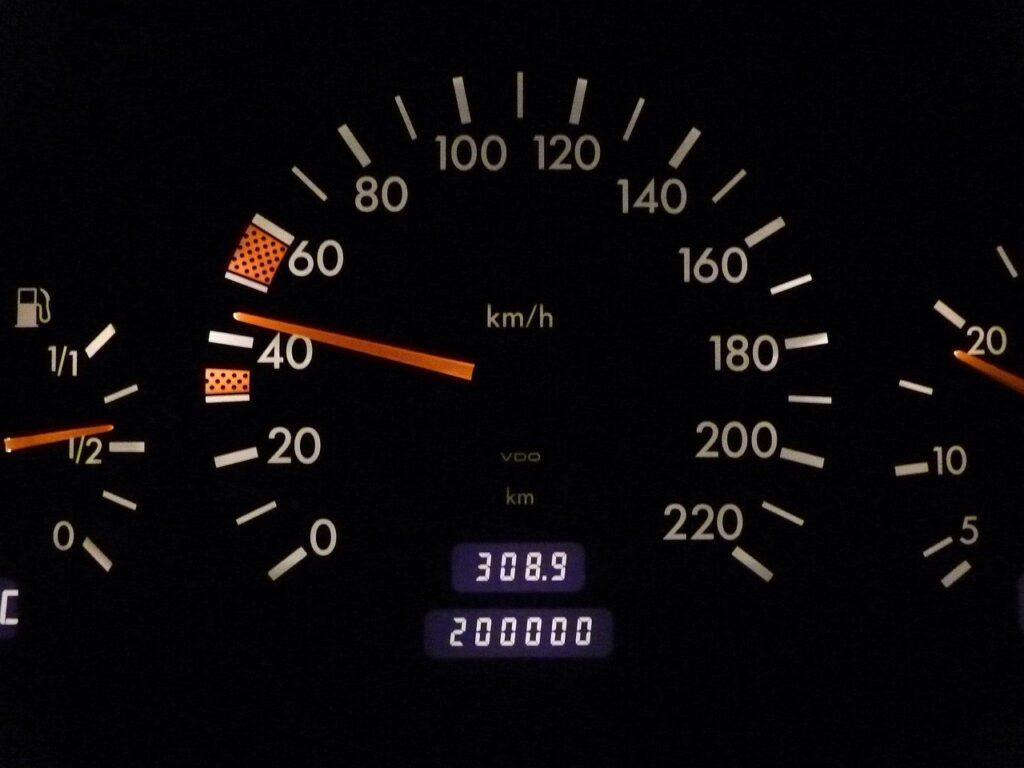Budgeting. The word itself can sometimes evoke images of restrictive spreadsheets, missed opportunities, or the dreaded feeling of saying “no” to that impulse purchase. Yet, for those who have truly mastered their money, budgeting isn’t a constraint; it’s the ultimate vehicle for financial freedom and control. Just as the most reliable vehicles earn their legendary status through unwavering performance and enduring value, certain budgeting methods have proven themselves to be true legends, empowering countless individuals to navigate their financial journeys with confidence and precision.
In the complex landscape of personal finance, where various roads lead to different destinations, understanding the mechanics of these proven strategies is paramount. Much like a skilled driver knows their car inside and out, a financially savvy individual comprehends the power and purpose behind each budgeting technique. These aren’t just abstract concepts; they are tangible tools, meticulously designed to help you harness your income, allocate your resources wisely, and ultimately, achieve your most ambitious financial goals. We’re talking about systems that don’t just work in theory, but deliver real-world, durable results that stand the test of time.
Prepare to shift your perspective as we dive deep into the engineering of financial success. We’ll meticulously unpack the core principles and operational excellence of methods that have earned their stripes as “reliability legends.” From broad-stroke guidelines that offer ease of adoption to granular, dollar-by-dollar accountability that ensures ultimate precision, these strategies offer a diverse toolkit, ensuring there’s a perfect fit for every financial personality and goal. Get ready to discover the powerful approaches that empower you to take the wheel of your financial future, driving towards unparalleled peace of mind and enduring prosperity.

1. **The 50/30/20 Rule: The Balanced Performer**When it comes to foundational budgeting strategies, the 50/30/20 rule stands out as a true workhorse, renowned for its elegant simplicity and broad applicability. This method, often recommended as an ideal starting point for beginners, offers a clear and straightforward allocation framework: 50% of your take-home pay goes towards needs, 30% is earmarked for wants, and the remaining 20% is dedicated to savings and debt repayment. It’s a beautifully balanced distribution that provides significant guidance without feeling overly restrictive, making it an excellent “training wheels” option for those just getting accustomed to managing their money and building a robust financial foundation.
The brilliance of the 50/30/20 rule lies not just in its numerical breakdown, but in its practical definitions. “Needs” encompass essential living expenses such as housing, utility payments, insurance premiums, and groceries – the absolute non-negotiables that keep your life running smoothly. These are the fixed expenses and some variable costs that are indispensable. “Wants,” conversely, cover discretionary spending that undeniably enhances your quality of life but isn’t strictly necessary for survival, like dining out, streaming services subscriptions, new clothes, or entertainment. Finally, the 20% dedicated to “savings and debt” is a critically important component for building long-term financial security, whether it’s diligently funding an emergency reserve, contributing consistently to retirement accounts like a 401k or IRA, or aggressively reducing outstanding credit card or student loan debts. This clear delineation empowers individuals to quickly identify where their money is truly going and where meaningful adjustments might be made.
This method particularly excels for individuals seeking a big-picture approach to their finances, especially those fortunate enough to have a relatively steady and predictable income. It provides enough structure to ensure consistent financial progress while still offering considerable freedom within the “wants” category, allowing for enjoyable expenditures. Rather than demanding the meticulous tracking of every single dollar, the 50/30/20 rule empowers users to adhere to these broad, yet effective, categories, fostering a powerful sense of control without the often-overwhelming burden of granular detail. It’s a consistently reliable framework that actively encourages disciplined saving and proactive debt reduction, unequivocally proving its long-term value in fostering and maintaining significant financial stability.
By wholeheartedly embracing the 50/30/20 rule, you’re not merely creating a budget; you’re consciously adopting a sustainable and empowering financial philosophy. It’s fundamentally about making intentional decisions on how to best spend your hard-earned money while systematically setting aside crucial funds for savings and diligently working to avoid or reduce debt. This systematic approach, underpinned by a clear and understandable spending breakdown, serves as an aspirational ideal to work toward, helping you make profoundly informed decisions and cultivate healthier financial habits that can genuinely endure for years, if not decades, to come. It’s truly a legendary starting point for anyone ready to confidently take command of their financial trajectory and build lasting wealth.
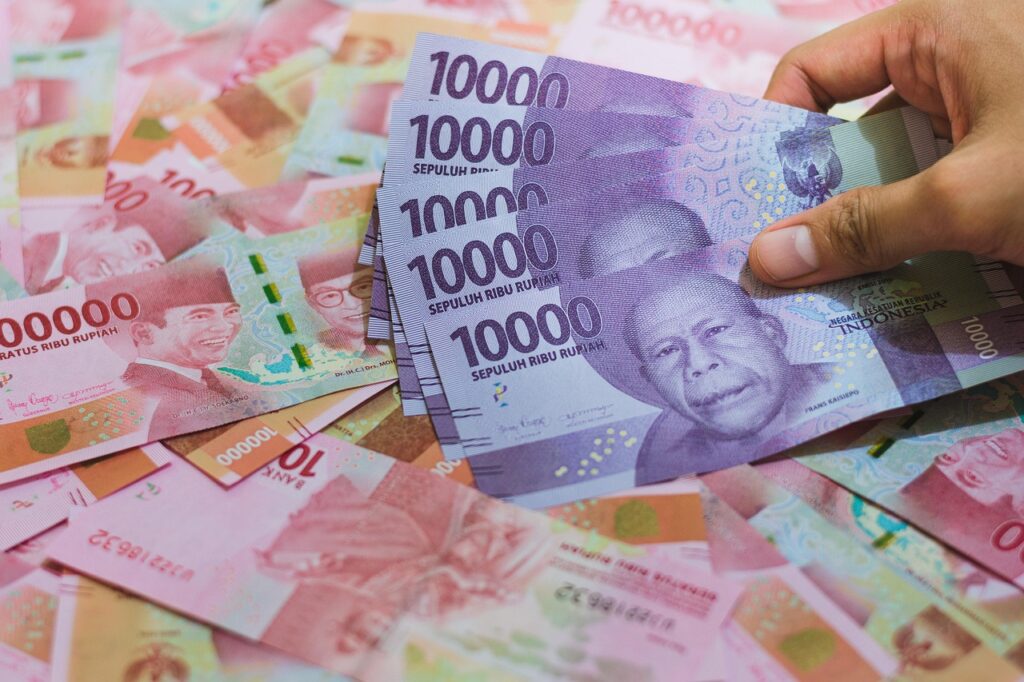
2. **The 60/30/10 Budget: The Accessible Alternative**While the 50/30/20 rule is often lauded as the gold standard, financial realities aren’t one-size-fits-all. Recognizing this, the 60/30/10 budget emerges as a highly practical and accessible alternative, particularly for those who find the 50/30/20 framework a bit out of reach given their current circumstances. This method shrewdly adjusts the allocations to better suit diverse financial landscapes, dedicating a larger 60% portion of income to needs, maintaining 30% for wants, and allocating 10% to savings and debt repayment. It’s a testament to adaptive financial planning, acknowledging that the path to stability can vary greatly.
This budgeting system is a fantastic option for individuals navigating specific financial challenges, such as those with lower incomes or residents living in higher cost-of-living areas where basic necessities consume a larger share of their earnings. For instance, if your monthly take-home pay is $3,000, the 60/30/10 budget would wisely allocate $1,800 to needs, $900 to wants, and $300 toward savings. This contrasts with the 50/30/20 breakdown, which would suggest $1,500 for needs, $900 for wants, and a more ambitious $600 for savings. The adjustment allows for a more realistic distribution of funds, prioritizing essentials when income constraints are a factor.
The pragmatic advantage of the 60/30/10 budget lies in its flexibility and recognition of economic realities. While ideally, budgeters would strive to contribute more than 10% to savings, the truth is that for many, this simply isn’t feasible in every life stage or economic environment. This framework provides a structured spending guidance that permits individuals to prioritize essentials over a larger savings contribution without feeling defeated or discouraged. It offers a viable pathway to managing money effectively, even when immediate financial goals necessitate a heavier focus on covering basic living costs.
By adopting the 60/30/10 budget, you’re not compromising on your financial journey; you’re strategically optimizing your approach. It’s about building a solid, reliable budget that genuinely works for *your* current situation, rather than forcing a square peg into a round hole. This method demonstrates that “legendary reliability” in budgeting isn’t solely about aggressive saving, but also about sustainable adaptation and consistent adherence. It empowers you to maintain control, build habits, and work towards a position where increasing your savings percentage becomes a more attainable goal in the future, proving its enduring value as a responsive financial tool.
Read more about: Mastering Your Money: An In-Depth Guide to Personal Budgeting for Financial Control and Future Security
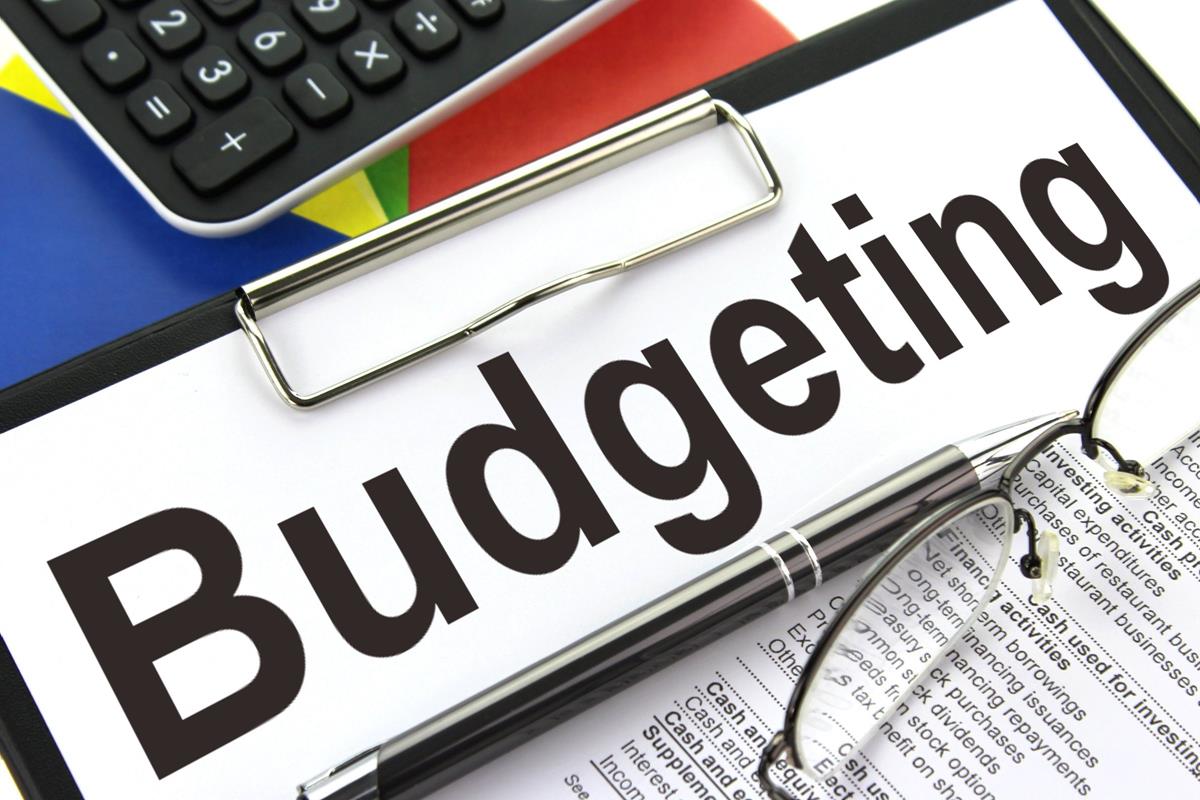
3. **Zero-Based Budgeting: The Meticulous Engineer**For those who crave granular control and demand accountability from every single dollar, zero-based budgeting emerges as a powerhouse strategy – the meticulous engineer of personal finance. Unlike broad-guideline systems, this approach mandates that you give every dollar in your budget a specific purpose until you effectively “zero out” your income. Nothing is left unassigned or left to wander aimlessly; every cent of your paycheck has a designated job, making it nearly impossible for “mystery money” to slip through the cracks and disappear without a trace.
The core principle is brilliantly simple yet profoundly effective: your income minus your expenses should equal zero. This doesn’t mean you spend all your money; rather, it means every dollar is intentionally allocated, whether it’s to housing, groceries, debt payments, entertainment, or crucially, savings. For example, if your monthly take-home pay is $3,000, you would make a detailed plan for every bit of it. If, after covering all your essentials, you find $200 left unassigned, you proactively give that money a purpose—perhaps by putting it toward entertainment, dining out, an extra debt payment, or adding to a specific savings goal. This intentionality is what truly sets it apart.
Zero-based budgeting is particularly well-suited for individuals who are prone to overspending or those who simply thrive on meticulous tracking of their cash flow. It acts as a powerful deterrent against impulsive purchases and encourages a deep understanding of one’s spending habits. By forcing you to confront where every cent goes, this method illuminates areas of potential waste or opportunities for reallocation, making it one of the best budgeting styles for people actively crushing debt, as it provides an undeniable clarity on financial outflows.
The authoritative nature of zero-based budgeting, in its demand for specific and intentional allocation, cultivates exceptional financial discipline. It transforms budgeting from a vague guideline into a precise, actionable plan, ensuring that your money is always working for *you* and your stated goals. This systematic approach, demanding thoroughness and foresight, proves its legendary reliability by virtually eliminating financial ambiguity. For control freaks and detail lovers, or anyone committed to truly understanding and optimizing their financial ecosystem, zero-based budgeting offers an unparalleled level of mastery and peace of mind.
Read more about: Precision Spending: 12 Budgeting Underdogs That Dominate Financial Debt
4. **Cash Envelope Budgeting: The Tangible Guardian**In an increasingly digital world, the cash envelope system, often affectionately referred to as “cash stuffing,” offers a refreshingly tactile and remarkably effective approach to managing spending. This classic method, which has seen a resurgence in popularity thanks to its inherent discipline, is particularly powerful for impulse spenders who genuinely seek tangible control over their expenditures. It brings a physical dimension to budgeting, creating clear, undeniable limits that credit cards, with their invisible spending power, simply cannot replicate.
The operational mechanism of the cash envelope system is both straightforward and profoundly impactful. You begin by allocating a set amount of physical cash to each item or category in your budget – categories like “groceries,” “gas,” or “dining out.” Subsequently, you create actual envelopes, or even virtual ones through a dedicated app, for each of these categories and “stuff” them with the predetermined cash amount. The rule is simple and unwavering: once an envelope is empty, you cannot spend any more money in that particular category until the next budget cycle begins. This immediate, physical constraint is a game-changer for many.
This system’s strength lies in its ability to foster instant accountability. When you physically see the cash diminishing in an envelope, the financial reality of your spending habits becomes undeniable. There’s no swiping a card and worrying about the bill later; the limit is right there in your hand. This tangible guardrail makes overspending significantly harder and encourages mindful consumption. It forces a pause before each purchase, prompting the crucial question: “Do I truly have the funds for this in *this* specific category?” This deliberate action cultivates a deeper awareness of financial choices.
For individuals who struggle with the abstract nature of digital transactions and find themselves consistently exceeding their budget limits, the cash envelope method provides a much-needed disciplinary tool. It aligns closely with the intentionality of zero-based budgeting, yet offers a different, hands-on mechanism for enforcement. Its legendary reliability stems from its ability to translate abstract financial plans into concrete, manageable daily decisions, making it an indispensable strategy for establishing clear spending boundaries and cultivating lasting financial self-control. It’s a powerful testament to the enduring effectiveness of simplicity and direct engagement.

5. **Pay-Yourself-First Budgeting: The Automatic Wealth Builder**Imagine a budgeting method that prioritizes your future wealth with such efficiency that it almost feels effortless. That’s the essence of the “pay-yourself-first” budget, also known as reverse budgeting. This ingenious system flips the traditional budgeting script entirely: instead of allocating what’s left over to savings after all expenses, you tuck away money for your long-term goals – such as savings, investments, and debt repayment – *first*. The remaining funds are then available to cover your other priorities, like bills and leisure, without the nagging guilt or constant internal debate.
The core power of this method lies in its automation and unwavering commitment to financial growth. By making saving and investing the absolute first step in managing your income, you transform these crucial activities from an afterthought into a non-negotiable priority. Whether it’s automatically transferring funds to a Roth IRA, contributing to an emergency fund, or making an extra payment on a student loan, the “pay-yourself-first” approach ensures your wealth-building activities happen in the background, consistently and reliably, without relying on sheer willpower, which can often falter. This consistent action is the hallmark of its enduring reliability.
This system is an ideal fit for individuals who are laser-focused on building wealth and saving consistently but might shy away from the meticulous, penny-by-penny tracking demanded by methods like zero-based budgeting. It provides an elegant solution for prioritizing long-term goals, allowing you to establish robust financial security without feeling bogged down by constant scrutiny of every single expense. The beauty is that once your priority savings are set aside, you can spend the rest of your money with a greater sense of freedom and less worry, knowing your future is already being taken care of.
Consider an example: with a $3,000 monthly income, the very first thing you do is stash $300 for your IRA and $100 for your emergency fund. This initial, non-negotiable allocation guarantees that your future self is financially secure. The rest of the money can then be budgeted as you wish, likely with a more relaxed approach than more restrictive systems. This method’s legendary status is cemented by its consistent ability to build financial resilience and wealth through intelligent automation, making it a cornerstone for anyone serious about achieving significant, long-term financial results without unnecessary daily stress.
Continuing our deep dive into the legendary strategies that redefine financial control, we now turn to methods that leverage community, technology, mindfulness, and simplicity to sculpt your fiscal future. These approaches, while varied in their execution, share a common thread: they empower you to become the master of your money, not its reluctant servant. Get ready to discover the next set of reliability legends designed to fortify your financial fortress and lead you to unparalleled peace of mind.
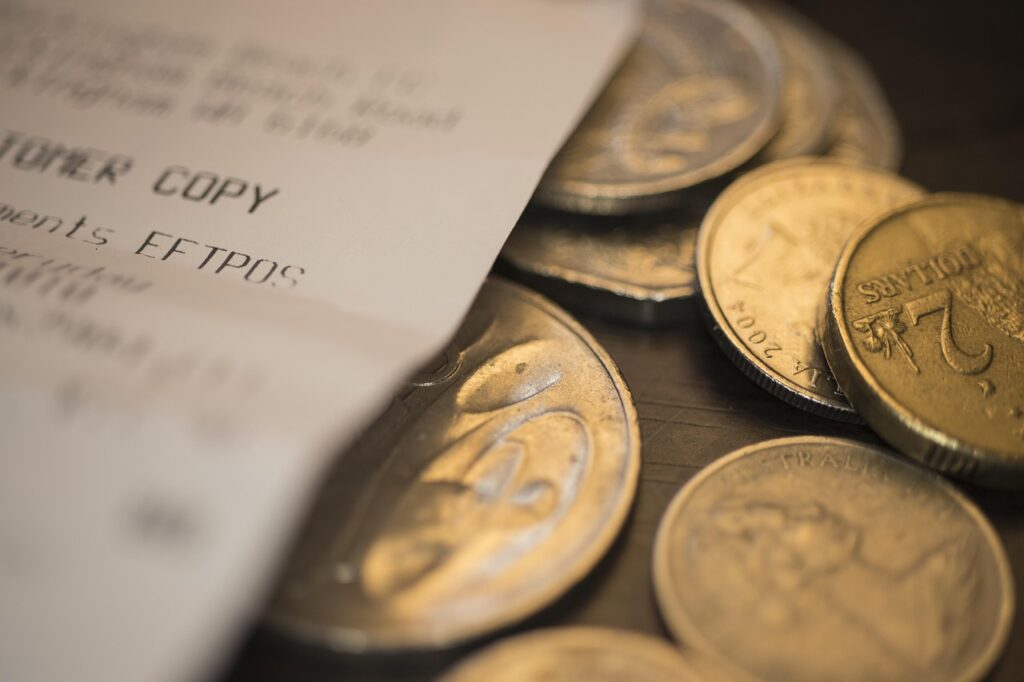
6. **Loud Budgeting: The Social Motivator**In an era of ubiquitous social sharing, “loud budgeting” transforms personal finance into a public declaration, leveraging the power of social connection to foster unwavering accountability. This innovative approach recognizes that for many, sharing goals publicly can be a powerful catalyst for commitment, turning an often solitary financial journey into a shared endeavor. It’s a dynamic strategy that harnesses external motivation to keep your financial aspirations firmly on track.
The premise is elegantly simple: openly communicate your financial goals and spending boundaries to your friends, family, group chats, or even your social media followers. Imagine proclaiming, “I’m not buying any new clothes this month as I’m focused on saving for a down payment!” or “I’m cutting back on dining out to aggressively pay down my credit card debt.” This deliberate act of verbalizing your intentions creates an immediate, built-in accountability system that significantly increases your likelihood of sticking to your plan.
The magic of loud budgeting lies in its ability to transform passive intention into active commitment. When others are aware of your financial objectives, there’s an inherent pressure, a gentle nudge, to follow through. This social contract minimizes the temptation for impulsive spending and provides a supportive network that can offer encouragement and help you stay strong when faced with financial temptations. It’s a testament to how human connection can be brilliantly applied to personal finance.
This method is particularly powerful for social and accountability-driven individuals who find greater success in achieving their goals when those goals are known by others. If the thought of disappointing your friends or explaining a budget deviation motivates you more than a spreadsheet, loud budgeting could be your legendary path to financial discipline. It’s about harnessing your community to bolster your willpower, making your financial success a collective win.
7. **Automated Budgeting: The Set-It-and-Forget-It Strategist**For those who desire financial mastery without the constant mental effort, automated budgeting emerges as a modern marvel, acting as your personal financial robot. This “set it and forget it” strategy expertly leverages technology to perform the heavy lifting of expense tracking, saving, and goal progression, ensuring consistent financial discipline operates seamlessly in the background of your busy life. It’s truly a legend in its ability to deliver results with minimal daily intervention.
The core functionality of automated budgeting revolves around smart financial applications and tools that sync directly with your bank accounts. Platforms like MoneyLion, Mint, or Rocket Money automatically track and categorize your expenses, providing real-time insights into your spending patterns without you ever having to manually log a transaction. Beyond mere tracking, these powerful apps can automate transfers to savings accounts, investment portfolios, or debt repayment plans, transforming saving from an intention into an undeniable action.
The profound benefit of this approach is the dramatic reduction in decision fatigue. By automating your financial management, you free up mental bandwidth that might otherwise be consumed by constant monitoring and manual adjustments. This passive yet highly effective system ensures that your financial health is continuously nurtured, fostering consistent progress toward your goals with an almost effortless rhythm. It’s about building a robust financial future without the daily grind.
Automated budgeting is an ideal fit for tech-savvy individuals who appreciate efficiency and prefer a hands-off approach to money management. If the thought of a meticulously updated spreadsheet sends shivers down your spine, but you’re committed to achieving your financial objectives, this legendary method offers a powerful blend of convenience and consistent results. It ensures your money is always working for you, silently and effectively, making it a cornerstone for modern financial success.

8. **The Japanese Kakeibo Method: The Mindful Accountant**Stepping away from digital solutions, the Japanese Kakeibo method offers a profoundly mindful and tactile approach to budgeting, rooted in principles of conscious spending and reflection. This traditional, pen-and-paper system, developed in 1904, is more than just a ledger; it’s a philosophy that encourages a deeper, more intentional relationship with your money. It’s revered as a legendary practice for cultivating genuine financial awareness and breaking impulsive habits.
At its heart, Kakeibo prompts you to ask fundamental questions before every purchase: “Do I really need this?,” “Can I afford this?,” “Will I use this?,” and “How will this purchase affect my future?” By physically writing down every expenditure and reflecting on these questions, you create a necessary pause between desire and action. This deliberate act of journaling your finances cultivates a powerful awareness of where your money is going and, crucially, *why*.
The system typically involves four key categories: survival (needs), optional (wants), culture (enrichment), and extra (unexpected). At the beginning of each month, you jot down your income, fixed expenses, and set a savings goal. Then, throughout the month, you meticulously record every purchase within these categories. This tangible record forces a confrontation with your spending habits, illuminating areas where you might be unconsciously overspending or where values don’t align with expenditures.
For individuals craving mindfulness and intentional spending, the Kakeibo method is an unparalleled tool. It slows down the consumption process, transforming mundane transactions into opportunities for self-reflection and behavioral adjustment. This legendary system isn’t just about saving money; it’s about cultivating a healthier, more deliberate approach to your entire financial ecosystem, fostering lasting change through simple, consistent engagement and thoughtful introspection.

9. **The 80/20 Budget: The Effortless Maximizer**For those who champion simplicity and seek a budgeting method that delivers significant results with minimal fuss, the 80/20 budget, also known as the Pareto Principle, is an absolute legend. This straightforward strategy cuts through the complexity of granular tracking, offering an elegant solution that guarantees savings while still affording ample financial freedom. It’s the “low-effort meal prep” of personal finance, proving that powerful results don’t always require exhaustive detail.
The premise of the 80/20 rule is refreshingly direct: dedicate 20% of your income to savings and debt repayment, and freely spend the remaining 80% on everything else. There’s no rigid categorization of “needs” versus “wants” within the 80% portion; once your 20% savings goal is met, the rest of your money is yours to allocate as you see fit. This freedom empowers you to live your life without constant financial scrutiny, knowing your long-term goals are being consistently addressed.
This method particularly shines for its ability to instill consistent saving habits without imposing overly restrictive spending guidelines. By front-loading your financial growth—ensuring a significant portion is saved or used for debt reduction—you establish a robust foundation. The remaining 80% allows for spontaneity and flexibility, alleviating the stress often associated with more stringent budgeting systems. It’s about achieving a healthy balance that prioritizes future security without stifling present enjoyment.
The 80/20 budget is best suited for minimalists and individuals who prefer not to overthink their money management. If you want to guarantee some savings and maintain a sense of financial control, but find detailed tracking tedious, this legendary approach offers an effortless path to financial stability. It’s a testament to the idea that sometimes, less truly is more, especially when it comes to effective and sustainable budgeting.
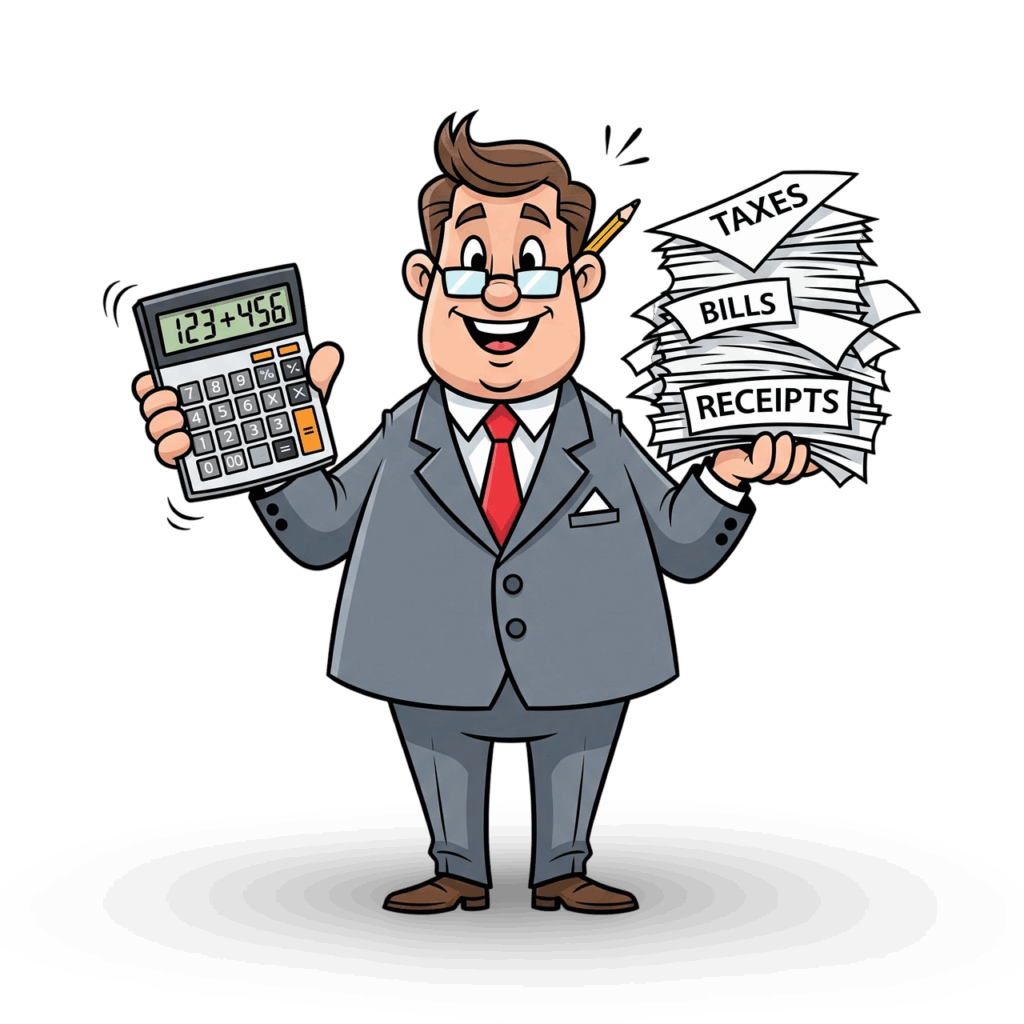
10. **Bi-Weekly Budgeting: The Synchronized Spender**In a world where paychecks often arrive every two weeks, the bi-weekly budgeting method offers a perfectly synchronized solution, aligning your financial plan directly with your income cycle. This pragmatic approach streamlines cash flow management, reducing the common “mid-month panic” that can arise when monthly budgets don’t quite match up with a bi-weekly earning schedule. It’s a legendary strategy for creating a harmonious flow between your income and expenditures.
The beauty of bi-weekly budgeting lies in its intuitive alignment with how many people actually receive their salaries. Instead of trying to stretch a monthly budget over an irregular income pattern, you create a budget for each two-week pay period. This means that twice a year, you’ll receive a third paycheck in a given month, offering a fantastic opportunity to make extra payments on debt, boost your savings, or tackle a larger financial goal, providing an unexpected bonus effect.
By segmenting your budget into shorter, more frequent cycles, you gain a clearer, more immediate picture of your financial standing. This consistent, two-week check-in helps you make real-time adjustments and prevents financial surprises. It ensures that essential bills, rent, and even your streaming subscriptions are always covered, as your budget is meticulously designed to coincide with the arrival of funds, smoothing out potential cash flow fluctuations.
Bi-weekly budgeting is an ideal system for salaried workers, particularly those who receive paychecks every two weeks, and anyone looking for smoother, more predictable cash flow. If you’ve ever felt a disconnect between your pay dates and your bill due dates, this legendary method offers a simple yet powerful way to bring them into perfect sync, ensuring continuous financial peace of mind and effortless management of your recurring obligations.
**Mastering Your Financial Journey: Beyond the Methods**
While these legendary budgeting methods offer powerful frameworks for financial control, true mastery extends beyond simply picking a system. It involves a holistic approach, starting with a clear understanding of your current financial landscape. Before you even choose your legendary method, you’ll need to gather some crucial information. This includes your take-home pay, or your monthly income after taxes, which you can easily find on a pay stub. You’ll also need to list your fixed expenses, such as housing, utility payments, insurance premiums, debt or loan amounts, and other regular bills, by checking account statements for recurring charges. Don’t forget your variable costs—those expenses that fluctuate each month, like groceries, gas, shopping, dining out, and entertainment, which you can estimate by reviewing past transactions. Finally, list all your debts, including interest, to ensure a smooth and accurate budget calculation.
Understanding key financial concepts is another pillar of success. A budget, fundamentally, is a plan that helps you manage your money, showing income and outflow and identifying areas to save. Your net income, the total amount you take home monthly after deductions, is what truly matters for budgeting. This might include earnings from your main job, side gigs, interest, or other regular funds. Conversely, expenses are everything you spend money on. Prioritize your spending on basic needs like housing, food, and healthcare, then evaluate what discretionary expenses, such as eating out or subscriptions, you can reduce.
Setting clear financial goals is the compass that guides your budget. Whether it’s paying off credit card debt, saving for a vacation (short-term goals), buying a home, funding a child’s education, or planning for retirement (long-term goals), these objectives provide focus and motivation. You might even put aside funds for both types of goals simultaneously, perhaps a savings account for a vacation and a 529 account for college tuition. Proper planning, as the experts note, can help mitigate sudden misfortunes, build emergency funds, prepare for major purchases, and manage investments effectively.
Ultimately, selecting the *most effective* budgeting method for you isn’t about finding a universally “perfect” option; it’s about discovering the one you’ll genuinely stick with. Consider your income predictability: a steady income allows flexibility with methods like the 50/30/20 rule or zero-based budgeting, while irregular income might benefit from pay-yourself-first or the envelope method. Your spending habits are crucial: overspenders may need the strict limits of zero-based or cash envelopes, while mindful spenders might prefer the relaxed structure of 50/30/20. Also, weigh your time commitment: detailed systems like zero-based budgeting demand more, whereas 50/30/20 or pay-yourself-first are low-effort. Your financial goals should always guide your choice—debt payoff might favor zero-based, while wealth building leans toward pay-yourself-first. Finally, your preferred style—apps/spreadsheets or pen-and-paper—will influence whether automated tools or the Kakeibo method suits you best.
The journey to financial peace of mind is deeply personal and ever-evolving. Remember, the best budget isn’t a static document; it’s a dynamic tool that you review and adjust regularly, adapting to changes in your income, expenses, and life circumstances. As financial experts often remind us, the state of the economy and your personal finances can change from time to time, making periodic review and adjustment essential. Embrace the process, experiment with these legendary methods, and don’t hesitate to seek expert help if needed. By taking control of your financial situation today, you’re not just budgeting; you’re actively building a more secure and prosperous future, driving confidently towards enduring financial freedom.






